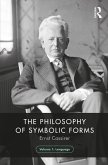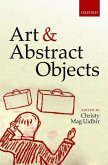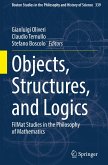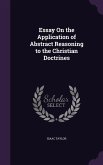Joining philosophy of language with phenomenological aesthetics, this book defines the epistemological status of abstract objects and works of art. Beginning with a provocative conversation between Socrates, Plato, Wittgenstein, and Jung, the book introduces the concept, and coins the term, "Platonic Inductive Fallacy," deriving from a cycle of language games. The author then invokes Robert Stalnaker to clarify the difference between real and actual objects, which gives new insight into the epistemology of abstract objects. Armed with defined abstract objects, the reader is taken through a fascinating journey from 1890s aestheticism to present-day phenomenological aesthetics. The book clearly establishes principles and methods for defining works of art, and applies them to two versions of a Henry James novella. The clear definitions and inventive methods, supported with impressive, detailed research, lead to compelling and well-taken conclusions. This journey pays off with important and exciting results.
Hinweis: Dieser Artikel kann nur an eine deutsche Lieferadresse ausgeliefert werden.
Hinweis: Dieser Artikel kann nur an eine deutsche Lieferadresse ausgeliefert werden.







